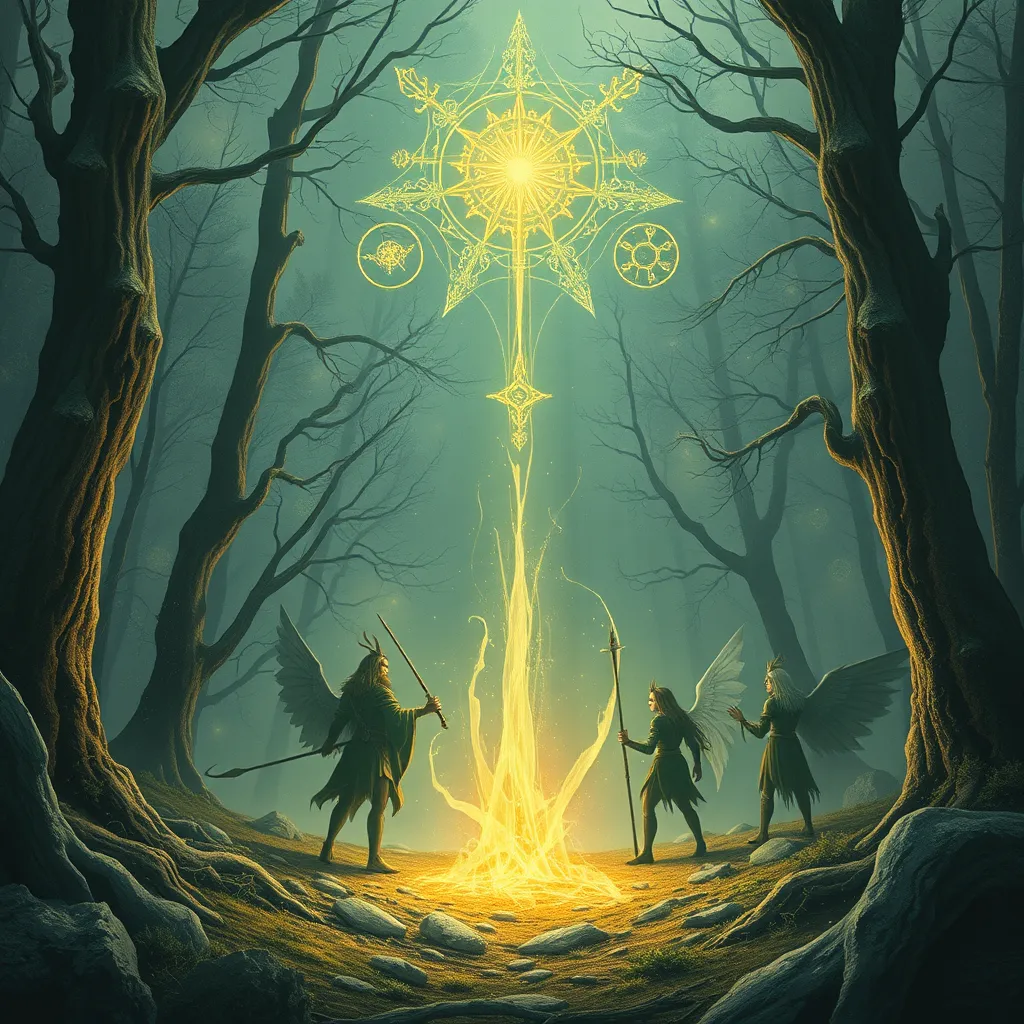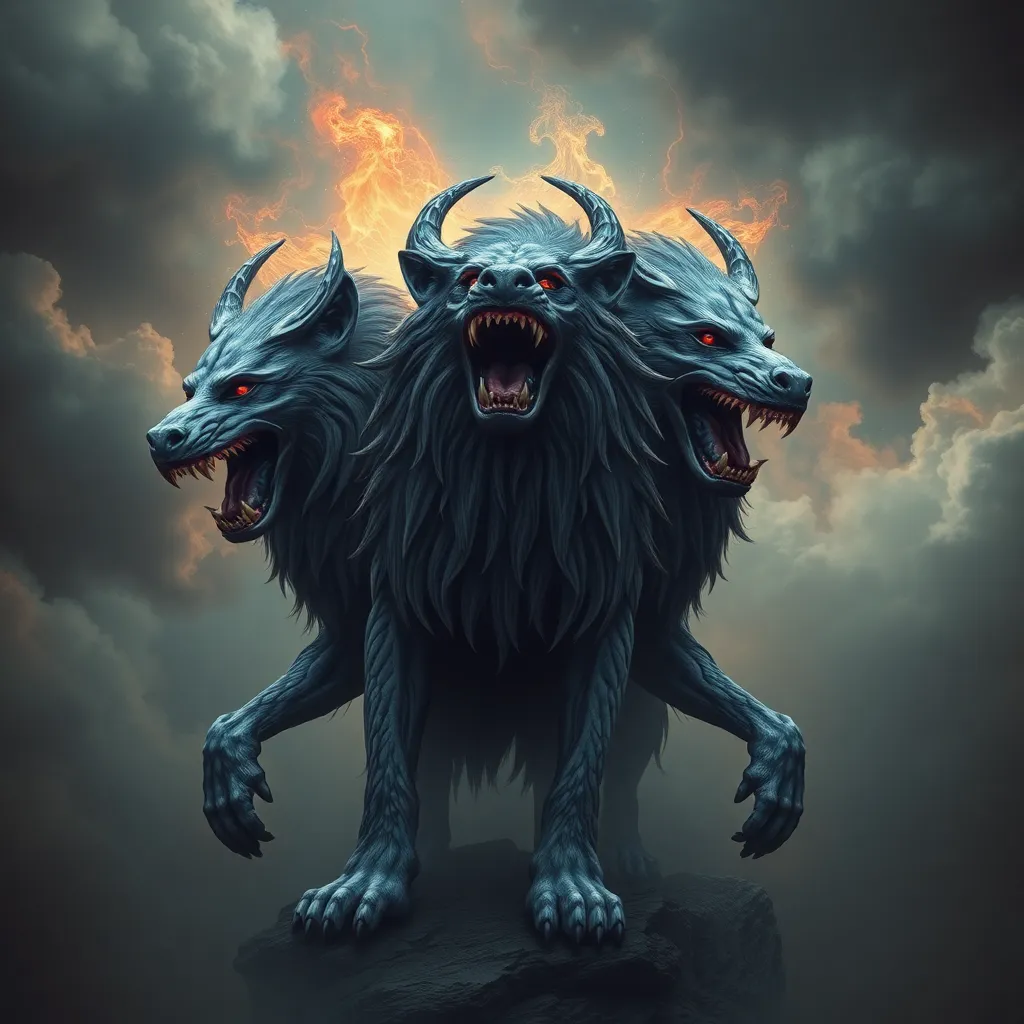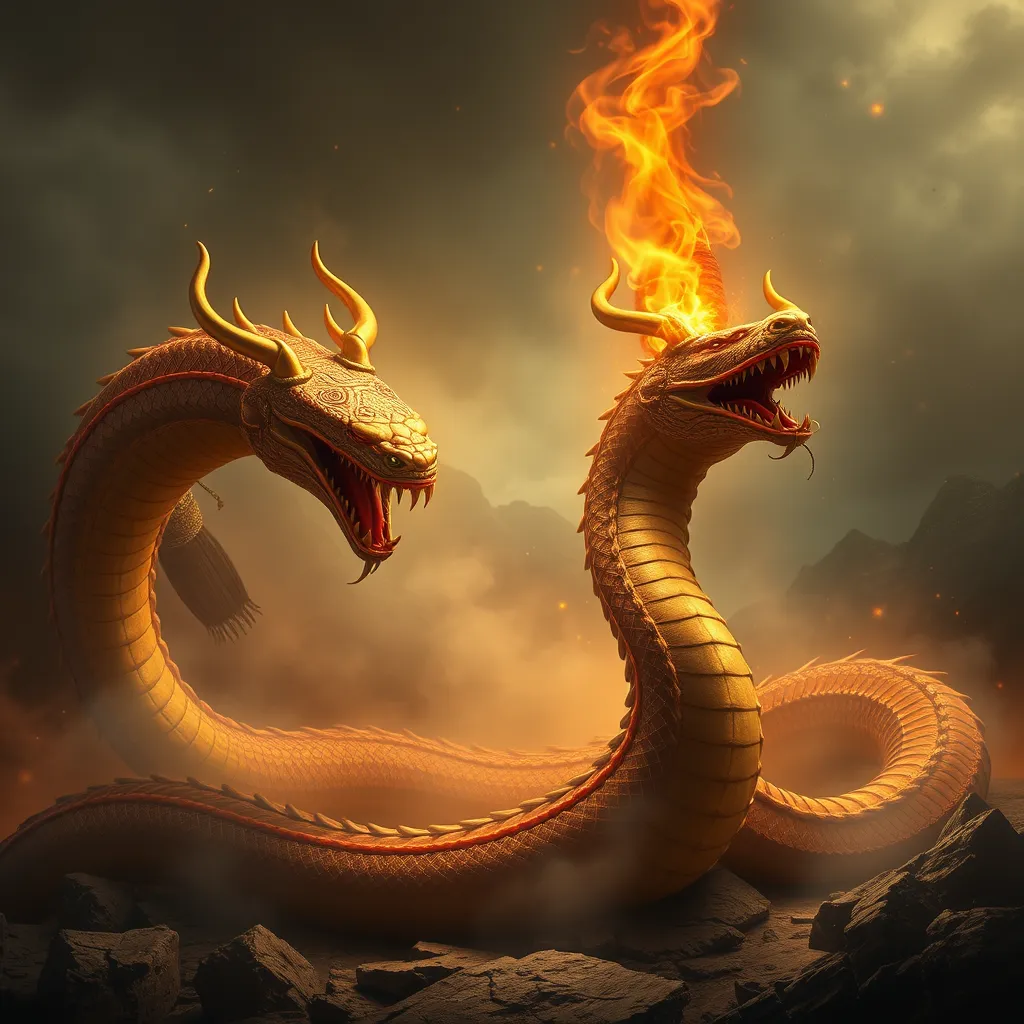The Elven Legacy: Examining the Enduring Impact of Elven Myths in Modern Culture
I. Introduction
Elven myths, steeped in enchantment and mystery, represent a captivating aspect of folklore that has transcended time and cultural boundaries. Defined broadly, these myths encompass stories about elves—supernatural beings often characterized by their ethereal beauty, wisdom, and connection to nature. This article aims to explore the enduring impact of elven myths in modern culture, examining their evolution, representation in literature and media, and their thematic resonance with contemporary societal issues.
The historical roots of elven myths can be traced back to various cultures, including Norse, Celtic, and Germanic traditions. In these folklore traditions, elves often played significant roles, from mischievous tricksters to noble guardians of the forest. As we delve into their evolution, we will uncover how these ancient stories continue to influence and inspire modern narratives.
II. The Evolution of Elven Myths Through History
A. Early representations of elves in folklore
In early folklore, elves were often depicted variably across different cultures. For instance:
- Norse mythology: Elves were seen as divine beings associated with fertility and nature, often linked to the gods and the natural world.
- Celtic traditions: Elves were mystical beings who inhabited the Otherworld, often portrayed as protectors of sacred spaces.
- Germanic tales: Elves appeared as benevolent spirits or mischievous entities, sometimes causing illness or misfortune.
B. Transition from European mythology to modern fantasy literature
As societies evolved, so did the perception of elves. The Romantic period in the 19th century marked a significant shift, as writers began to idealize and romanticize these beings. This transition paved the way for a more nuanced portrayal of elves in modern fantasy literature.
C. Key literary works that shaped the perception of elves
Several iconic literary works have significantly shaped the modern perception of elves:
- J.R.R. Tolkien’s The Hobbit and The Lord of the Rings: Tolkien redefined elves, portraying them as noble, wise, and integral to the struggle between good and evil.
- C.S. Lewis’s The Chronicles of Narnia: In this series, elves are depicted as ethereal beings who embody the traits of nobility and grace.
- Other fantasy authors: Works by authors like Terry Brooks and Ursula K. Le Guin further expanded the diversity and complexity of elven characters.
III. Elves in Modern Literature
A. Analysis of key authors and their contributions
J.R.R. Tolkien is often considered the father of modern fantasy, and his portrayal of elves has had a lasting impact on how they are depicted in literature. Tolkien’s elves are characterized by:
- Immortality and deep wisdom
- A strong connection to nature
- Artistic and magical abilities
C.S. Lewis, on the other hand, explored different aspects of elven characters, focusing on their moral integrity and the intersection of good and evil.
B. The portrayal of elves in contemporary fantasy series
In contemporary literature, elves continue to evolve. Series such as:
- Harry Potter: Elves are depicted as house-elves, showcasing themes of servitude and freedom.
- The Witcher: Elven characters are often portrayed with a tragic backstory, reflecting themes of loss and displacement.
These representations highlight the adaptability of elven archetypes, allowing them to resonate with modern audiences.
C. The evolution of elven characteristics and archetypes
Elven characteristics have diversified over time, from traditional depictions of grace and beauty to more complex portrayals that include:
- Flawed heroes with personal struggles
- Environmental activists
- Complex relationships with other races and societies
IV. Elves in Film and Television
A. The impact of movies on the popular understanding of elves
Films have played a crucial role in shaping the public’s perception of elves. Peter Jackson’s adaptations of Tolkien’s works brought elves to the forefront of popular culture, showcasing their elegance and combat prowess. These adaptations introduced a broader audience to the intricate lore surrounding elves.
B. Representation of elves in animated films and series
Animated films and series, such as:
- Avatar: Although not traditional elves, the Na’vi share many elven characteristics, emphasizing harmony with nature.
- Elena of Avalor: Features elven-like characters that highlight themes of family and courage.
These portrayals reflect the continuing fascination with elven aesthetics and themes.
C. The cultural significance of elven characters in modern media
Elven characters often symbolize ideals such as:
- Wisdom and knowledge
- Environmental stewardship
- Unity among diverse peoples
This cultural significance cements their place in the fabric of modern storytelling.
V. The Influence of Elven Myths on Video Games
A. The role of elves in popular video game franchises
Elves have become a staple in video game franchises, notably in:
- Dungeons & Dragons: Elves are depicted as agile and magical beings, with diverse sub-races.
- World of Warcraft: Elves play a significant role in the game’s lore, showcasing their complexities and rich histories.
B. How gaming has reshaped the myth of elves for a new generation
Video games have allowed for interactive storytelling, where players can embody elven characters, thus reshaping traditional narratives. This interactivity fosters a deeper connection and understanding of elven lore.
C. The integration of elven lore in game narratives and mechanics
In many games, elven lore is intricately woven into the narratives and mechanics, influencing gameplay and character development. Players often find themselves navigating elven societies, exploring their histories, and understanding their roles within the game’s world.
VI. Elven Aesthetics and Fashion in Pop Culture
A. The influence of elven designs on fashion and beauty trends
Elven aesthetics have permeated fashion, influencing trends that emphasize:
- Flowing fabrics and ethereal designs
- Natural motifs and earthy colors
- Intricate jewelry reminiscent of elven craftsmanship
B. The emergence of “Elven” themed conventions and events
Conventions centered around fantasy themes, such as cosplay events, often feature elven characters prominently, allowing fans to celebrate and embody these mythical beings.
C. How elven aesthetics resonate in art and design today
Artists and designers frequently incorporate elven motifs into their works, from illustrations to architecture, reflecting the timeless allure of elven beauty and grace.
VII. Thematic Parallels: Elven Myths and Modern Societal Issues
A. Environmental themes and the portrayal of elves as nature guardians
Elves are often depicted as protectors of nature, embodying themes of environmentalism that resonate strongly in today’s society.
B. Exploration of immortality, identity, and belonging in elven narratives
Elven stories frequently explore themes of immortality and the search for identity, reflecting modern existential questions about belonging and purpose.
C. The role of elves in discussions of diversity and representation
As the portrayal of elves has evolved, they have become symbols of diversity, representing various cultures and identities in contemporary narratives.
VIII. Conclusion
In summary, elven myths have left an indelible mark on modern culture, influencing literature, film, video games, and fashion. The enduring appeal of elves lies in their multifaceted representation, which continues to evolve and resonate with audiences across generations.</p



